[] Credit to ''realSavageMan'' []
- The Boeing 747
The Boeing 747 is a large, long-range wide-body airliner designed and manufactured by Boeing Commercial Airplanes in the United States between 1968 and 2023. After introducing the 707 in October 1958, Pan Am wanted a jet 2+1/2 times its size, to reduce its seat cost by 30%. In 1965, Joe Sutter left the 737 development program to design the 747, the first twin-aisle airliner. In April 1966, Pan Am ordered 25 Boeing 747-100 aircraft, and in late 1966, Pratt & Whitney agreed to develop the JT9D engine, a high-bypass turbofan. On September 30, 1968, the first 747 was rolled out of the custom-built Everett Plant, the world's largest building by volume. The first flight took place on February 9, 1969, and the 747 was certified in December of that year. It entered service with Pan Am on January 22, 1970. The 747 was the first airplane called a "Jumbo Jet" as the first wide-body airliner.
The 747 is a four-engined jet aircraft, initially powered by Pratt & Whitney JT9D turbofan engines, then General Electric CF6 and Rolls-Royce RB211 engines for the original variants. With a ten-abreast economy seating, it typically accommodates 366 passengers in three travel classes. It has a pronounced 37.5° wing sweep, allowing a Mach 0.85 (490 kn; 900 km/h) cruise speed, and its heavy weight is supported by four main landing gear legs, each with a four-wheel bogie. The partial double-deck aircraft was designed with a raised cockpit so it could be converted to a freighter airplane by installing a front cargo door, as it was initially thought that it would eventually be superseded by supersonic transports.
Boeing introduced the -200 in 1971, with more powerful engines for a heavier maximum takeoff weight (MTOW) of 833,000 pounds (378 t) from the initial 735,000 pounds (333 t), increasing the maximum range from 4,620 to 6,560 nautical miles [nmi] (8,560 to 12,150 km; 5,320 to 7,550 mi). It was shortened for the longer-range 747SP in 1976, and the 747-300 followed in 1983 with a stretched upper deck for up to 400 seats in three classes. The heavier 747-400 with improved RB211 and CF6 engines or the new PW4000 engine (the JT9D successor), and a two-crew glass cockpit, was introduced in 1989 and is the most common variant. After several studies, the stretched 747-8 was launched on November 14, 2005, with new General Electric GEnx engines, and was first delivered in October 2011. The 747 is the basis for several government and military variants, such as the VC-25 (Air Force One), E-4 Emergency Airborne Command Post, Shuttle Carrier Aircraft, and some experimental testbeds such as the YAL-1 and SOFIA airborne observatory.
- German cargo
German Cargo Services GmbH, operating as German Cargo, was an airline from (West) Germany that operated cargo flights on behalf of Lufthansa, of which it was a wholly owned subsidiary.
History
IATA regulations at the time meant Lufthansa could only offer limited cargo services.[citation needed] Therefore, German Cargo was set up as a non-IATA airline in 1977, accommodating Lufthansa's cargo charter operations. Flight services started on 8 May of that year, initially using a Boeing 707, and the airline was based at Frankfurt Airport, Lufthansa's hub.[1]
German Cargo began operating scheduled cargo flights as well, mainly to Eastern Africa and the Middle East. The transport of live animals played an important role in the airline's business portfolio. The interiors of two Douglas DC-8 aircraft were refurbished to accommodate horses. The airline also specialized in the transport of large, damageable goods.[2]
In 1993, Lufthansa reshaped its cargo businesses, splitting German Cargo into two independent, newly founded companies: Lufthansa Cargo for scheduled cargo flights (which inherited German Cargo's ICAO designation), and Lufthansa Cargo Charter for charter and lease services. German Cargo was renamed on 1 May of that year and briefly operated as Lufthansa Cargo Airlines.[1] The German Cargo callsign was later resurrected for Lufthansa's joint venture with DHL and AeroLogic.
Fleet
In its early years, German Cargo operated a fleet of four Boeing 707 aircraft. They were replaced by Douglas DC-8s, which formed the major part of the fleet during most years of the airline's existence. From 1990, the larger Boeing 747 as well as the smaller Boeing 737 were used, that were later transferred to Lufthansa Cargo. In detail, German Cargo operated the following aircraft types (all of which were cargo-configured) [btw no recorded crashes]
couldn't find any hidden AG's
figure yourself out if there are
also little easter egg inside the plane
(for ''realSavageMan'')
Specifications
Spotlights
- DJRianGamerTheHololiveFan 2.0 years ago
- Ghostforces867 2.0 years ago
- CCCP0000001 2.2 years ago
- Nevsicrepublic 2.0 years ago
- EdelweissUK 2.0 years ago
General Characteristics
- Predecessor Boeing 747-200 Mobile
- Successors 4 airplane(s) +28 bonus
- Created On Windows
- Wingspan 194.6ft (59.3m)
- Length 230.3ft (70.2m)
- Height 63.7ft (19.4m)
- Empty Weight 263,492lbs (119,518kg)
- Loaded Weight 565,190lbs (256,366kg)
Performance
- Power/Weight Ratio 0.524
- Wing Loading 60.0lbs/ft2 (293.0kg/m2)
- Wing Area 9,417.6ft2 (874.9m2)
- Drag Points 31311
Parts
- Number of Parts 671
- Control Surfaces 5
- Performance Cost 3,368

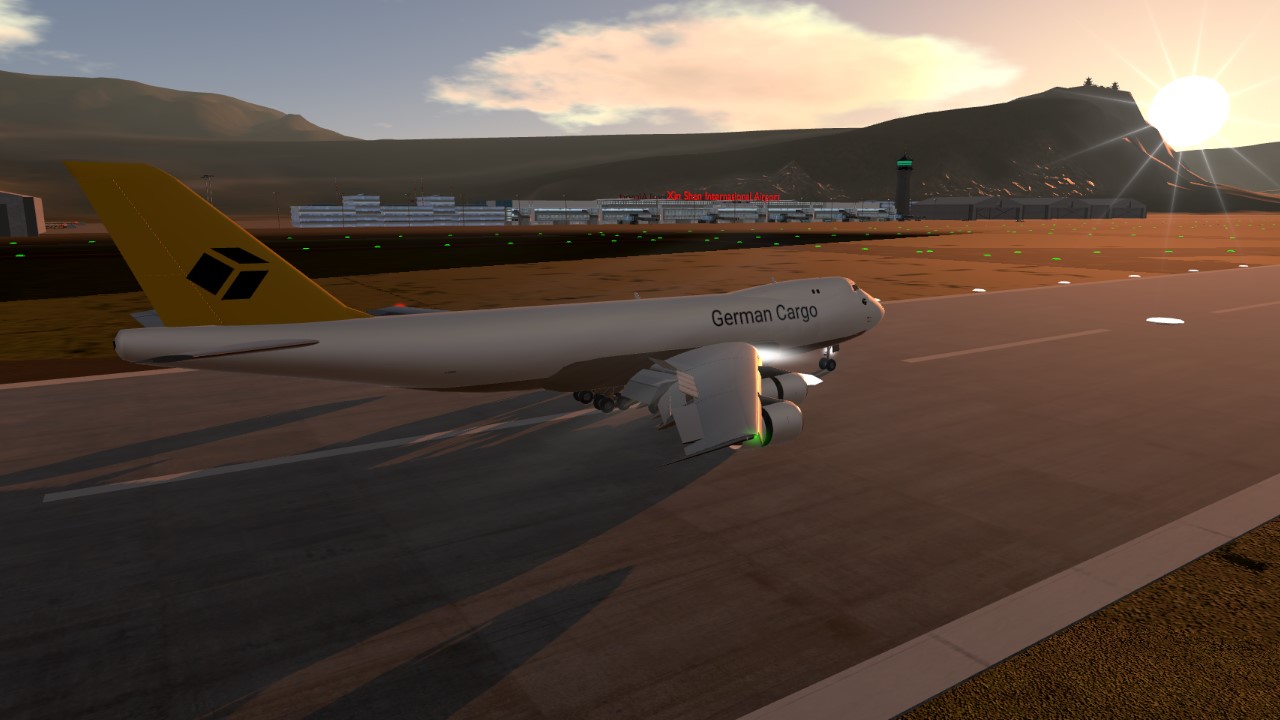
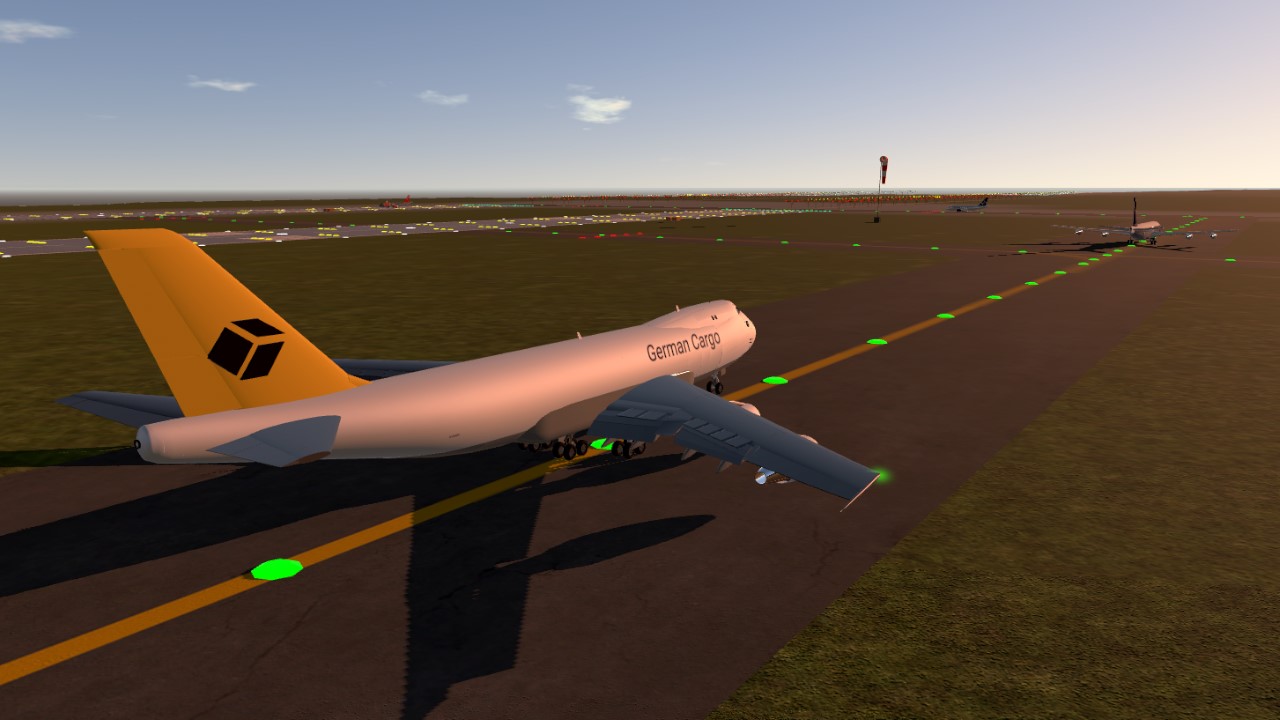
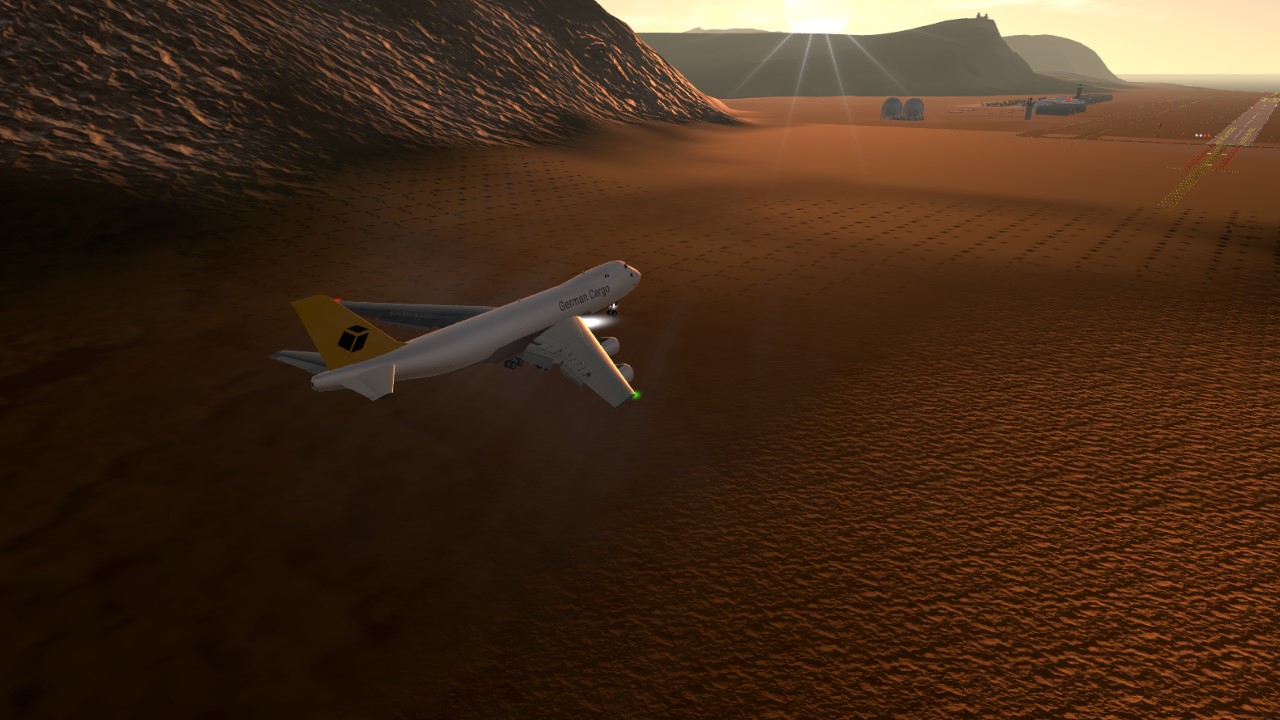
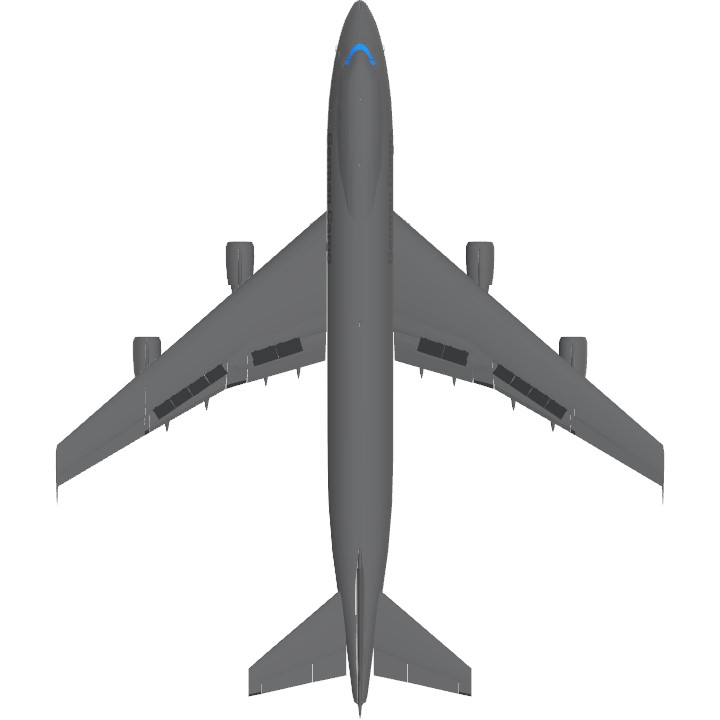
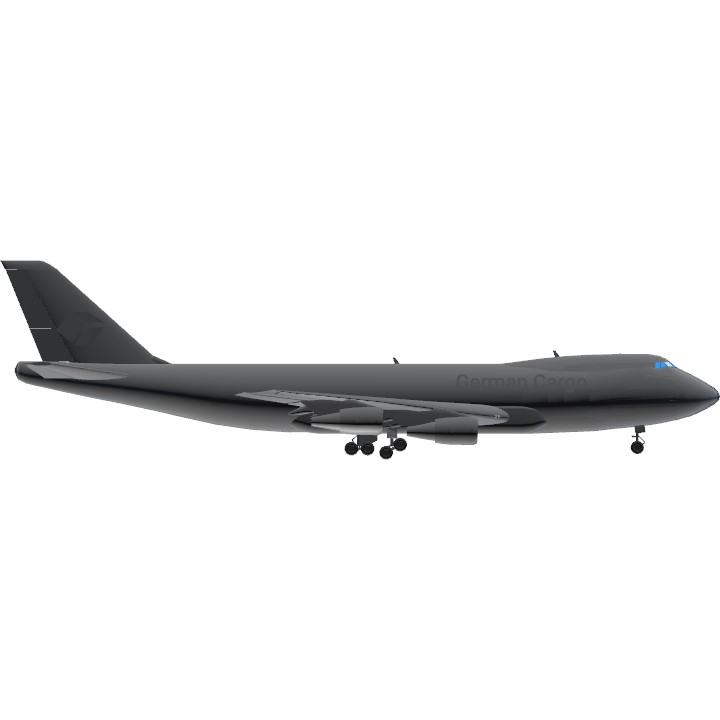
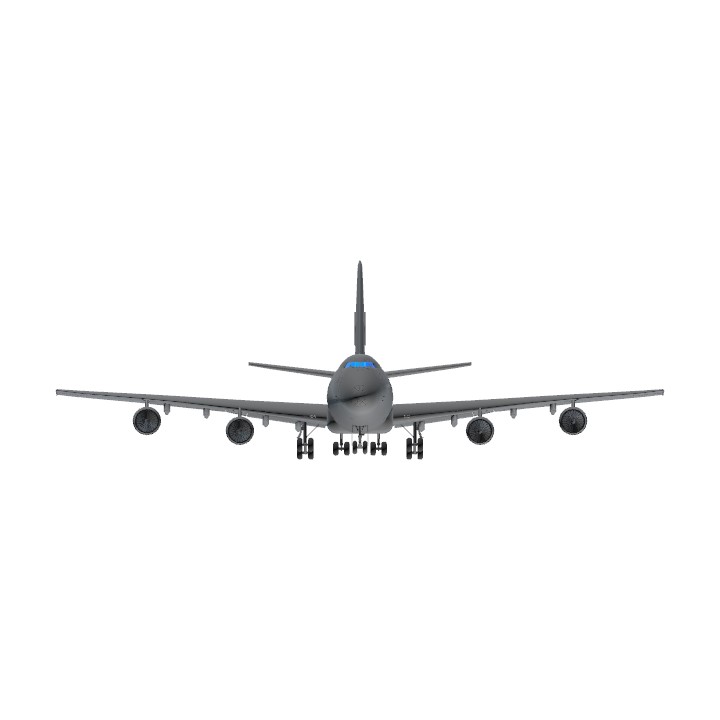
what is that map in the pictures
puts erika song at the background
note: all the planes in the second pic are ''my'' creations and are posted on the website
(credits will be in the description of the respective planes )